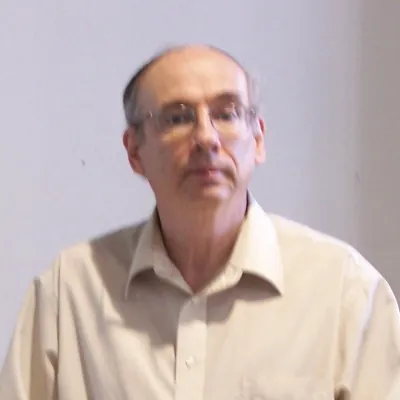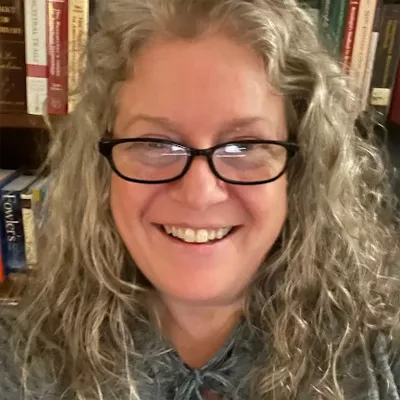

Thorough analysis of each source document is how genealogists plan their next research steps. Including mind mapping as a visual method of analysis can help focus further research questions, point to missing sources, and support indirect evidence analysis.

Already a member? Log in









You should receive a confirmation email with a link to the webinar soon.
You’ll also receive a reminder both the day before and one hour before the webinar begins.
Didn’t receive a confirmation email?
You successfully registered for %s.
You should receive a confirmation email with a link to the webinar soon.
You’ll also receive a reminder both the day before and one hour before the webinar begins.
Didn’t receive a confirmation email?
To ensure a smooth, high-quality webinar experience, check the quality of your internet connection and make sure you have an updated version of Java.
On the day of the webinar, connect 30–40 minutes before and turn off any background software. If you can’t tune in live, you can view the recording later in the Webinar Library.
Questions? Contact us or read our FAQ.
It looks like you’re already registered for this webinar
You can register for another webinar.
Didn’t receive a confirmation email?
It looks like you’re already registered for these webinars
You can register for another webinar.
Didn’t receive a confirmation email?
Something happened on our end, sorry about that
We were unable to complete your registration.
Please try again later.



 Syllabus
Syllabus
I’ve used mind mapping for years prepping for meetings, presentations & papers, as I prefer it to outlines in the early stages of planning. I had never thought of it as a tool for genealogy research or of color coding it’s elements. Thank you for expanding my toolbox & for your excellent presentation.
I think of myself as a lists, outlines, excel worksheets person. I watched this to get a different perspective. After I watched it once, I came back with a fairly unfamiliar document and went through the steps as they were explained. I came up with many research questions that I didn’t think about the first time I read the document. Seeing the information visually and how I connected information items, research questions, context questions etc. helped me see what I absolutely need to do first. It also showed me the most logical progression of research questions and the plan. Thank you, very beneficial for me!
I’ve never got to grips with mind maps as I could never work out what should be written on the connecting lines/in the boxes etc and concluded that it wasn’t a technique for me, but Amy’s presentation has just changed that. Her method makes perfect sense and I can see myself using it moving forward. Thank you!
Lots of new ideas to try with my mind-mapping process – thank you!
Very interesting. Really must do some of this to keep me on track. Thanks for giving up your time and sharing your knowledge.
This is one webinar I will have to watch at least one more time. The idea is intriguing and I’m anxious to try my hand at the technique!
I didn’t think I’d get much out of another mind-map presentation. I was wrong. I mind-map the way Amy does: scribble on paper. Use for writing, planning, working with groups on projects, etc. Eyes opened when I realized she was using it in stages to progress in stages of research and analysis. The final “conclusions map”- Wonderful way to present a strong visual to lead into the narrative. Also her thought processes- keeping it simple, and the clarity that her style made possible. Thank you, Amy.
I would’ve never thought to map, but I see that it will definitely help and simplify…thanks.